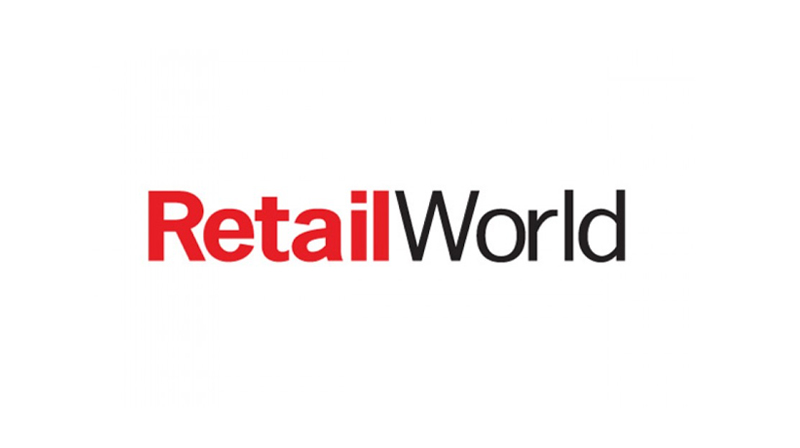
10 May Why retailers need to tap into the $96 billion owned media market
Why retailers need to shift their focus and tap into the $96 billion owned media market
Leaving money on the table is frowned upon by most businesses, but for retailers, it’s a cardinal sin.
Retailers are expert at leveraging their assets to drive a better return, yet every retail business in Australia is undervaluing and under-leveraging their owned media assets.
The reality is today’s retailer works and operates in the world of owned media, which is something every business has, but doesn’t always know it. And those who do know it, don’t always know how to use it to their best advantage.
So what is owned media? Owned media is basically any point of contact a business has with its customer, which they can control.
Even small businesses now have access to vast multimedia ecosystems from posters in store to websites, magazines, emails, loyalty programs, blogs, apps, direct mail campaigns, staff and even packaging.
Our own research values Australia’s owned media market to be around $96 billion, with the retail sector accounting for nearly half (46 per cent) of that, or a very significant $44 billion.
Despite representing almost half of the owned media market, a recent survey we conducted revealed that just 12 per cent of retailers understood the true value of their owned media.
We have found time and again that companies of all sizes are not leveraging their owned media enough and, in some cases, are leaving potentially millions of dollars in revenue on the table because they don’t know how to use the assets they already have.
We are seeing businesses making substantial investments in websites and other owned media assets, yet not leveraging them for maximum return. It’s similar to having a shop fully stocked, but the signs letting people know you are there are turned off or covered up.
At a time when the sector is being significantly impacted by a number of disruptive platforms, doesn’t it make sense to make the most of the assets you already have at your disposal? And if you don’t already have these assets in your toolbox, they are often easy to develop and deploy.
Simply put, we need to expand our way of thinking to better leverage our owned assets. We need to shift the paradigm from focusing on traditional bought mediums, to embrace new ways of connecting with consumers. Twenty years in the media buying industry highlighted the way businesses over-value the consumer attention they buy through paid media, whilst squander the attention they command through their own media assets.
Owned media can be leveraged to drive revenue and it can also be used to deliver brand communication by the retailer. As consumer behaviours and habits change, so too must the behaviours and habits of retailers, which means putting owned media at the heart of their communications.
For many businesses, the core marketing strategy continues to focus on building reach through earned and paid media, by taking out ads in newspapers, online, radio or out of home posters.
And there is nothing wrong with this strategy.
However, if a business is not leveraging its owned assets, we would argue their strategy is fundamentally – and expensively – flawed. Paid and earned media no longer deliver reach the way they used to, so while reach may still be the right strategy, the tactics to achieve this strategy need to change.
Leveraging owned media, depending on the business and its customer base, can be as simple as making use of the data and touchpoints that already exist for its own communications. Or it can be a series of ongoing, sophisticated and targeted campaigns that suppliers pay for in cash money or contractual agreements.
The beauty is the media asset is often already available; now you get to choose how you use it.
This article originally appeared in the print version of Retail World Magazine.


